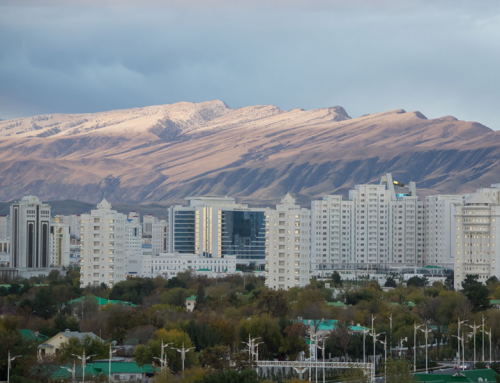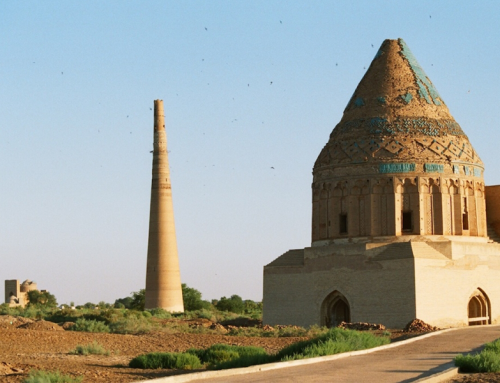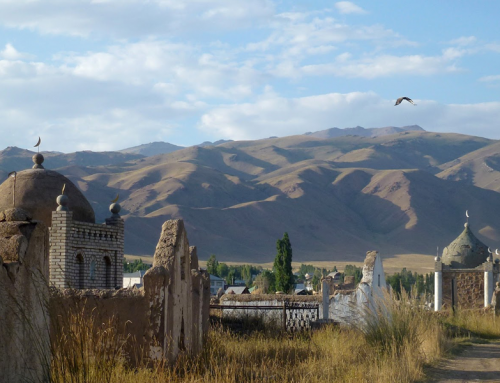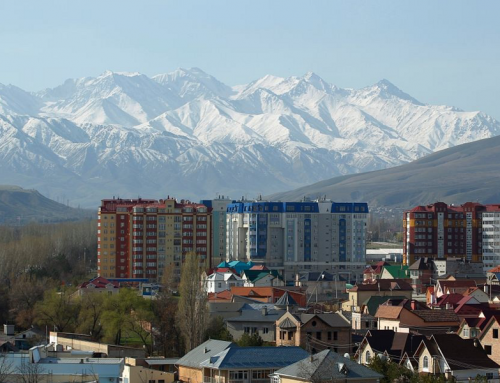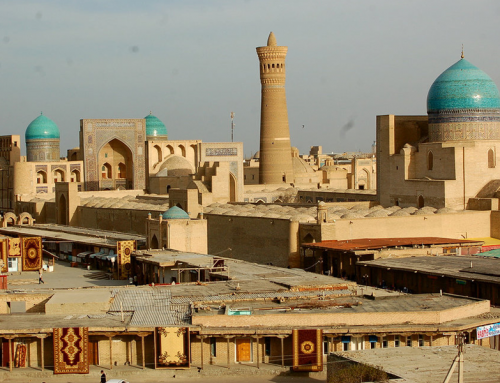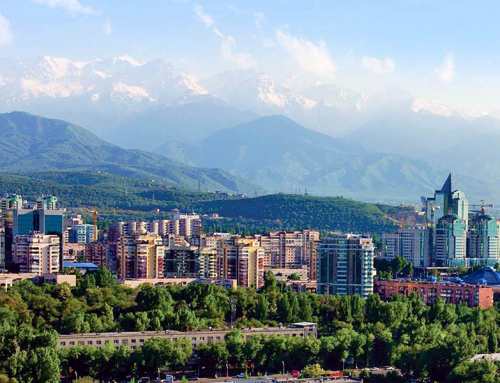Human settlement has existed in the area for at least 4,000 years. Khiva itself has been settled since the 8th century starting as a small fort and trading post on the Silk Road which it remained so until the 14th century, even as the surrounding area prospered. After Timur destroyed the capital of Konye Urgench, Khiva finally came into its own. Then, in the 16th century, the Shaybanids took over and thereafter the town’s destiny was considerably influenced by its busy slave market for which the town became known. Khiva, in exchange for protection, had in the meantime offered to bow to Peter the Great. By the tine Russian sent 4,000 troops in 1717 the Khivans had changed their minds and killed off most of those Russians. However, the Persians invaded and wrecked the town in 1740 and the area then became the northern outpost of the Persian Empire. By the end of the 18th century it was usurping some of the trade of the neighboring Khanates while its slave market remained the largest in Central Asia adding unlucky Russian who were infringing on the borders. Twice the Russian attempted to free their countrymen but then a lone British officer managed to broker a deal for the release of the hostages in exchange for an end to Russian military incursions against Khiva and freedom for the Khivan hostages held by Russia. About a half century later the Russians captured the town, massacred the Turkmen tribesmen and made the khan a vassal of the Tsar and took his silver throne back to Russia. The Russian in 1920 set up a theoretically independent Peoples’ Republic which became part of the Uzbek SSR in 1924.

